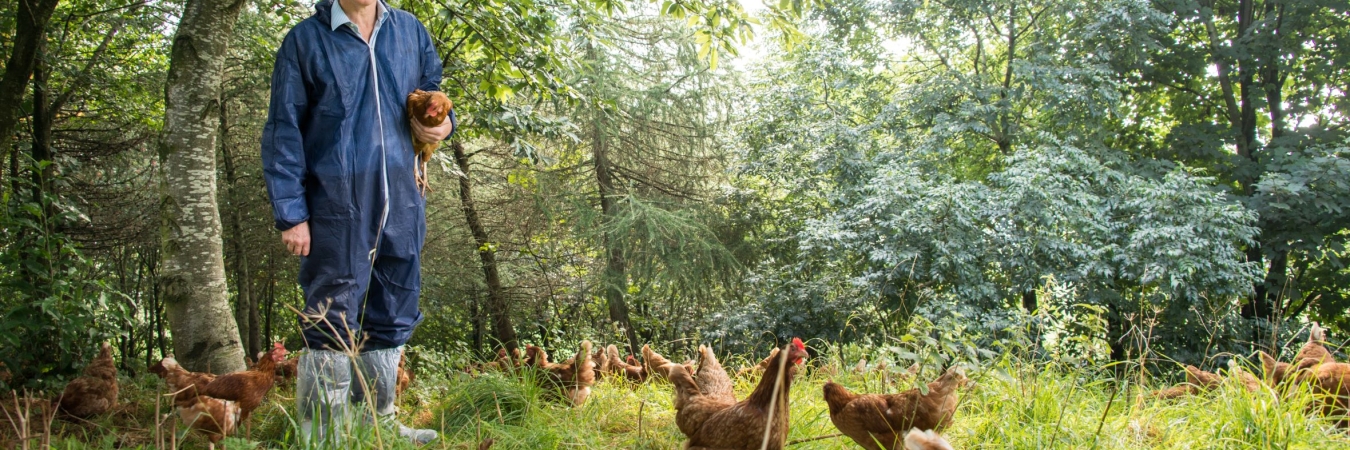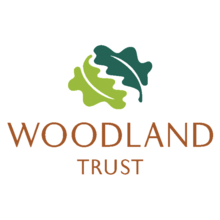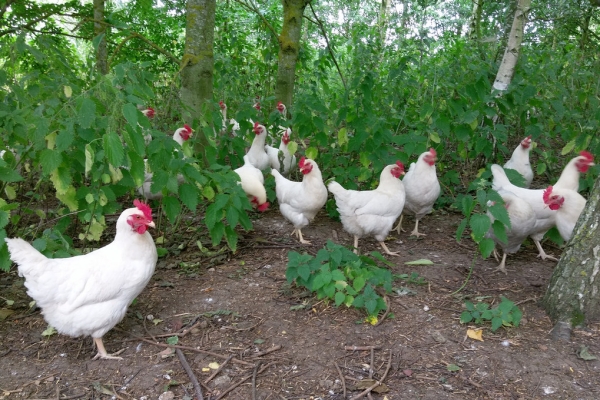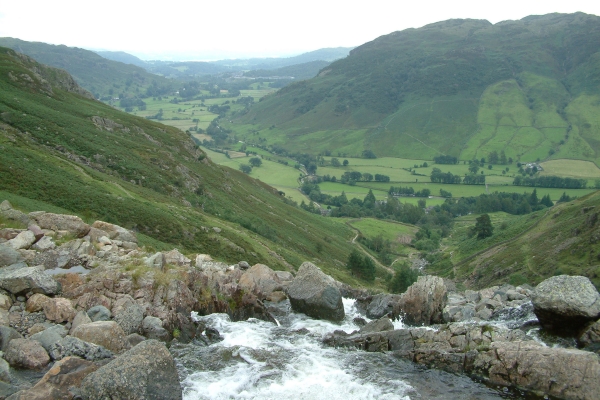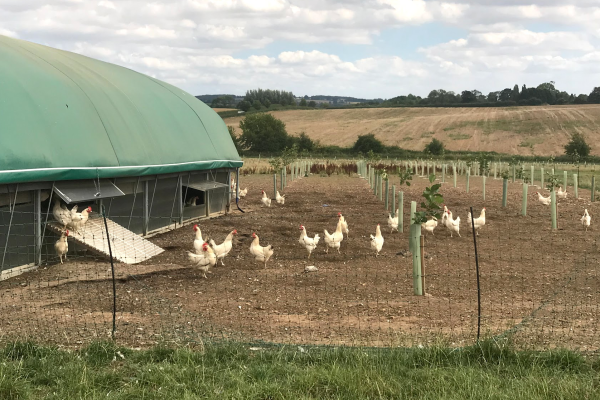Trees on hen ranges are a haven for wildlife
Resource explained
This Woodland Trust Research Briefing investigates the biodiversity benefits that come with planting trees for free range hens. Trees on farms can improve animal health and welfare as well as production – both in relation to the quality and quantity of eggs, but how can planting trees on hen ranges also deliver benefits for local wildlife? Working with pioneering woodland egg producer David Brass, CEO of The Lakes Free Range Egg Company (LFREC), and Paul Arkle of Cumbrian Farm Environment Partnership (CFEP), a series of annual wildlife surveys were undertaken on 9 woodland egg units in Cumbria from 2016-2019 to find out.
Findings & recommendations
- A valuable woodland edge habitat is created by planting trees on 20% of free range hen range areas. It provides food, shelter and nesting for both common and rare species such as song thrush, tree sparrow and bats, and new habitat for a wide range of moths associated with trees and woodland.
- The planted ranges may help to address current concerns for declining woodland bird species such as willow warbler by providing valuable additional habitat for them.
- The ranges provide additional habitat to support the expansion of local populations of wildlife. They may also provide some resilience to climate change that appears to be augmenting the northward migration of wildlife species, including those closely associated with woodland habitats.
- Range planting should include a variety of trees of predominantly local native species – the diversity will provide resilience against pests and diseases as well as habitat for wildlife.
- Design planting schemes using rows of trees at 4-5m spacings to maximise the potential extent of ‘woodland edge’ habitat.
- Undertake selective thinning where canopy coalescence between planted trees is extensive.
- Complementing tree planting on ranges with additional planting on other areas of the farm can potentially provide other benefits to areas such as water management and carbon sequestration.
Header image shows farmer David Brass and his free range hens in their woodland range. Photo credit: Phil Formby, Woodland Trust Media Library. All Rights Reserved
